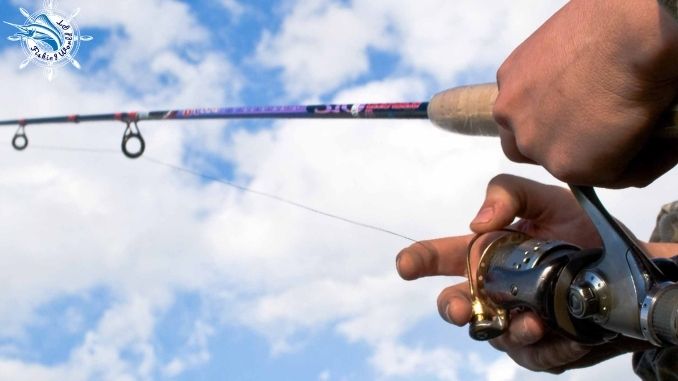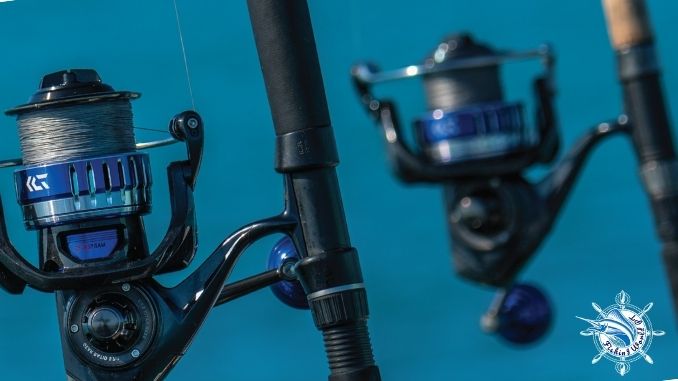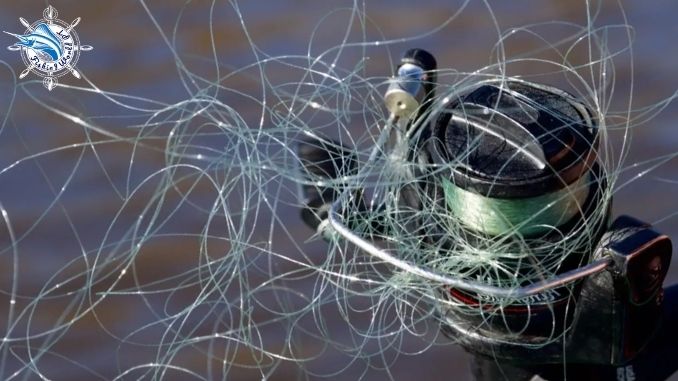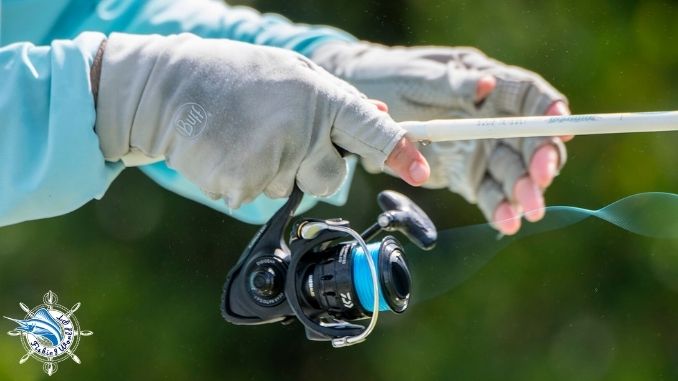Since setting foot in the fishing sector, have you ever heard from someone who always insists that you have to close bail by hand? When I bought a spinning reel first, I always used automatic closing mode, not because of anything else, I didn’t know what to do.
And there was something that happened and made me worry when it was twisting the line; I didn’t know how to overcome that problem, it walked with me for two months. And one day my father went away from home, he knocked on my head and said: “Why don’t you try to close it manually?”
So, should you close bail by hand? The answer is definitely yes.
Indeed at that time, I didn’t know what he said was right or not, but his fishing skills were taller than mine, so I thought he was right.
I ran right to the local store and bought another spinning reel. I used automatic closing mode for one reel, and another I closed manually. For what? Haha, merely because of curiosity whether the difference between two ways is that the bail’s closure manually gives what benefits compared to the automated system.
And then, in this article, I will talk about the purpose of the bail and the benefits I have noticed by closing The Bail manually in the process of comparing both ways. You can refer to the article below.
The purpose of bail
The bail has two primary purposes.
Firstly, it is a decision to allow us to conduct casting. Open the bail or activate it so the line is released correctly. In contrast, you must close the bail if you want to retrieve the line. As mentioned above, there are two ways to close the bail, manually close or use the automatic closure system (you need to rotate the handle, the system will activate).
Second, it helps keep your line off and rolls onto the spool in-line. It will act chaotically; there is no definite direction without the bail. It can do everything operate smoothly, including casting and retrieving.
The benefits of closing the bail by hand
Reduce twisting line
It is the benefit that perhaps most anglers expect from closing the bail by hand. Twisted lines are always an unpleasant problem for all anglers; it dramatically affects the performance of the trip. For a person who pursues total fishing like me, it is as big as it cannot accept.
You will not understand my worries and uncomfortable emotions when it must bear the scene that it always twists the line when using the system to close the bail automatically. My father had returned and helped me solve it; I’m grateful to him.
Although I know that twisting the line is inevitable for spinning reels, look at how it spins to release the line out. This problem is similar to the high-quality reels; it broke the intention to buy one to escape the twisting line.
You probably will not see twisting lines that occur in the retrieving process for new reels, but you will have the opportunity to contact it after a while.
In summary, closing the bail craft will help you reduce the maximum lack of twisting lines.
Increase the life of the reel
The continuous automatic closing system will lead to severe abrasion for a long time. A newly purchased reel can operate smoothly, but not long after, the bail’s exposure surfaces will be abrasive and lead to subsidence there. You will have to take a sum of money to fix it, and the worse is high-quality rolls will also be abrasive, meaning that you will have to spend more money to repair them.
Therefore, to limit abrasion and significantly increase the reel’s life, most experts will recommend closing the bail manually.
At first, I wonder if manual closure helps minimize twisting lines and limit abrasion, why do manufacturers still leave the system to close automatically instead of removing them all? And now, although I’m not sure, I think perhaps the repair cost and sales are the targets they aim for.
Control the line
It is there as the favorite thing of some professional fishing people. They want to control everything by themself, and in this case, the number of wires is released from the spool.
Me too; the exact distance is what I aim for. When the bait touches water, I close the bail to stop through the casting but still ensure it fall on a free line, of course, not with 5-10 extra loops of line excess.
That is even better if it has a strong wind; this is when you feel that the bail is manually easier than ever. Since then leads to limiting some unnecessary abrasives of reels.
Conclusion
Did you see the benefits of closing the bail by hand? Although switching from automatic closing systems by hand will not be familiar but not complex, a few practices will let you master it. When you are acquainted with closing bail manually, your reel will be increased to several years of life, reducing repair costs, especially twisting lines.
In short, these are the benefits of closing the bail by hand; I shared what I know about it, looking forward to this article that can be useful to you.
I still wonder questions “Why don’t producers remove the system closing automatically?” What is your opinion about this question?
Further reading:
- Other info about fishing in Fishingandhuntingsports
- Understanding Spinning Reels





